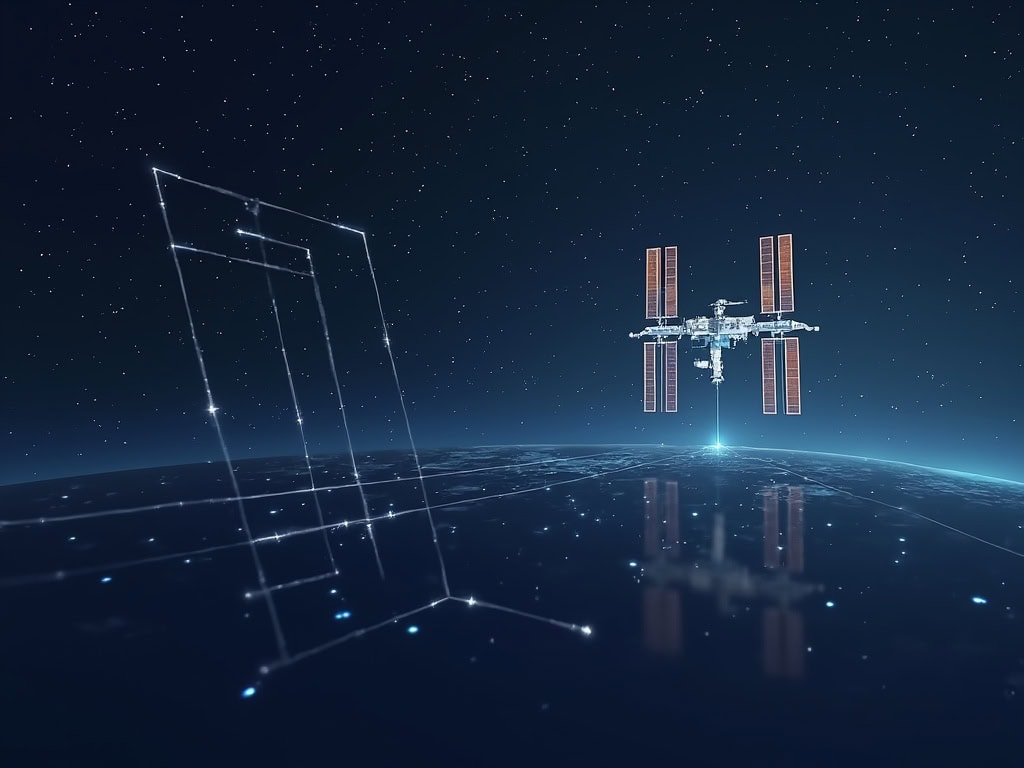Meta’s Space Llama: Advancing AI Technology for Research on the International Space Station

Meta's Space Llama: AI Technology Reaches New Frontier on International Space Station
Meta has partnered with Booz Allen to deploy its Llama 3.2 AI model aboard the International Space Station (ISS), marking a significant milestone in bringing advanced artificial intelligence capabilities to space exploration. The groundbreaking initiative will provide astronauts with advanced AI tools for research and problem-solving without requiring constant internet connectivity.
The deployment represents a crucial advancement in space-based AI applications, enabling faster decision-making and streamlined data access for astronauts conducting critical research miles above Earth. This initiative demonstrates how practical applications of artificial intelligence in business can extend to space operations.
Technical Innovation in Space
The implementation utilizes a compact, energy-efficient system optimized for satellite operations. Through integration with NVIDIA CUDA software and acceleration libraries including cuDNN and cuBLAS, the system has dramatically improved processing speeds, reducing AI task completion times from minutes to just over a second.
"Space Llama," as the system is known, incorporates both generative and multimodal AI capabilities, allowing it to process various types of inputs and provide AI-driven recommendations. The system's ability to function without constant internet connectivity makes it particularly valuable for space operations, where connection stability can be uncertain.
Practical Applications and Future Impact
The primary applications for Space Llama include:
- Rapid retrieval of technical documentation and instructions
- Real-time research assistance
- Complex problem-solving support
- Data analysis and interpretation
Organizations implementing AI solutions can realize significant business benefits, as demonstrated by this groundbreaking space initiative. The practical implications extend beyond national interests, demonstrating the potential for AI to support human exploration and scientific research in extreme environments.
For more information about space-based AI applications, visit NASA's Artificial Intelligence and Machine Learning resources.
This technological achievement highlights the growing intersection of commercial AI development and space exploration. As both sectors continue to evolve, similar collaborations may become increasingly common, potentially opening new opportunities for innovation and scientific discovery.
Enhanced features include integration with existing spacecraft systems, predictive maintenance capabilities, and advanced natural language processing for improved human-AI interaction in space environments.

